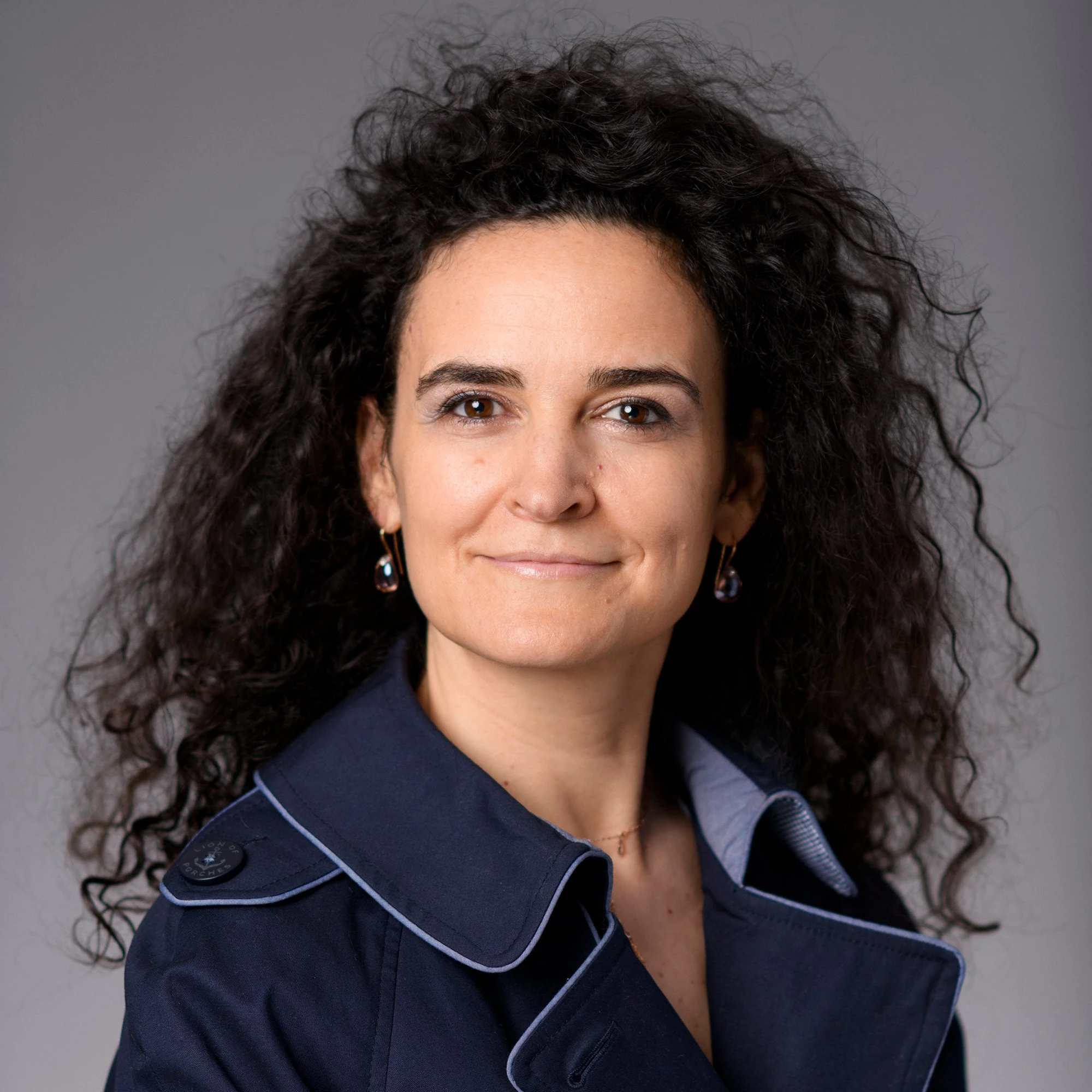
In 2014, Tajikistan applied climate analysis to maximize investments in an aging hydropower system upon which half a million people depend. Morocco continued the phased development of a 500 MW concentrated solar power complex — the first of its kind in Morocco and one of the largest in the world, promising to bring electricity to 1.1 million Moroccans. Indigenous peoples’ groups in Brazil presented and received approval for a $6.5 million plan to advance their participation in sustainable forest management.
These are just a few of the many progressive steps that 63 developing and middle income countries are taking to shift to low carbon, climate-resilient economies with support from the Climate Investment Funds (CIF).
With more than $8 billion in resources expected to attract at least an additional $57 billion from other sources, the CIF is accelerating, scaling up, and influencing the design of a wide range of climate-related investments in participating countries. While this may be only a small portion of the resources needed annually to curb global warming, the CIF is showing that even a limited amount of public funding, if well placed, can deliver investments at scale to empower transformation.
Empowering renewable energy deployment
About $4.8 billion (almost 60 percent of total funding) is focused on renewable energy development in 33 countries. That includes $1.2 billion endorsed for projects that aim to deploy 1.5 GW of concentrated solar power (CSP) — more than one third of the current global installed CSP capacity (4GW). Endorsed investments in geothermal energy aim to contribute to 2.9 GW, a quarter of the current global installed geothermal capacity (13GW). In 2014, the CIF’s Scaling Up Renewable Energy Program in Low Income Countries welcomed 14 new countries to expand its reach to 27 countries.
Empowering climate-smart planning and decision making
With more than $1 billion, the CIF’s Pilot Program for Climate Resilience (PPCR) is currently the largest active adaptation fund in the world, second only to the International Development Association (IDA) in support for climate resilience in small island states (with a total of $243 million). PPCR countries are showing marked progress in integrating climate change into national development planning, and countries outside of the CIF are adopting the PPCR approach to develop their own strategic plans for climate resilience.
Empowering sustainable forest investments
The CIF’s $785 million Forest Investment Program (FIP) is providing indispensable direct investments in forestry to support countries’ development and REDD+ objectives. By looking across forest landscapes in an integrated, cross-sectoral manner, the FIP is empowering countries to address the drivers of deforestation and forest degradation both inside and outside of the forest sector to achieve a triple win of poverty reduction, mitigation, and resilience. Unique to the FIP is the $50 million Dedicated Grant Mechanism for Indigenous Peoples and Local Communities (DGM), the largest global REDD+ initiative solely for these groups.
Empowering financial partners
The CIF’s partnerships with national development banks and local financial intermediaries are demonstrating the potential of CIF concessional financing to stimulate climate action. Approximately $760 million — or 17 percent of CIF's $4.4 billion under implementation — is supporting projects that are providing the financial boost and technical know-how these institutions need to create new credit lines and test new business opportunities in low-carbon and climate-related industries.
Empowering learning
As more CIF-backed projects and programs get under way, concrete results are beginning to emerge, including lessons on what is working, what is not, and why. These results are being reported and measured annually — a new and difficult task within climate finance that the CIF is pioneering. The CIF is also building networks and peer learning among CIF countries, as well as spearheading analytical studies and thematic dialogues, to expand global knowledge exchange.
The CIF 2014 annual report, Delivering at Scale, Empowering Transformation, reflects these themes and highlights the emerging results and trends in the CIF portfolio, lessons being learned, and key activities of 2014. Our work is challenging, but the CIF is having an impact thanks to the continuous efforts of all key stakeholders. These include the CIF governing bodies, national governments, citizen and community groups, private sector sponsors, and the five multilateral development banks that partner with the CIF as co-financiers and implementing entities.
New pledges from the United Kingdom and Norway in 2014 are another vote of confidence in our work, as is the Independent Evaluation of the CIF (2014), which affirms that the CIF is making progress toward its goal of transformational change. These new resources will help us expand to new countries in 2015, and the recommendations from the evaluation will help us improve our operations and provide important lessons to other climate financing mechanisms.
As international negotiations on climate finance intensify leading up to the 21st session of the Conference of the Parties to the UNFCCC in Paris in December, the CIF remains focused on achieving its mandate to demonstrate the value of — and the need for more — investments in a low carbon, climate-resilient future.
Photo: Solar power in Morocco. Dana Smillie/World Bank


Join the Conversation